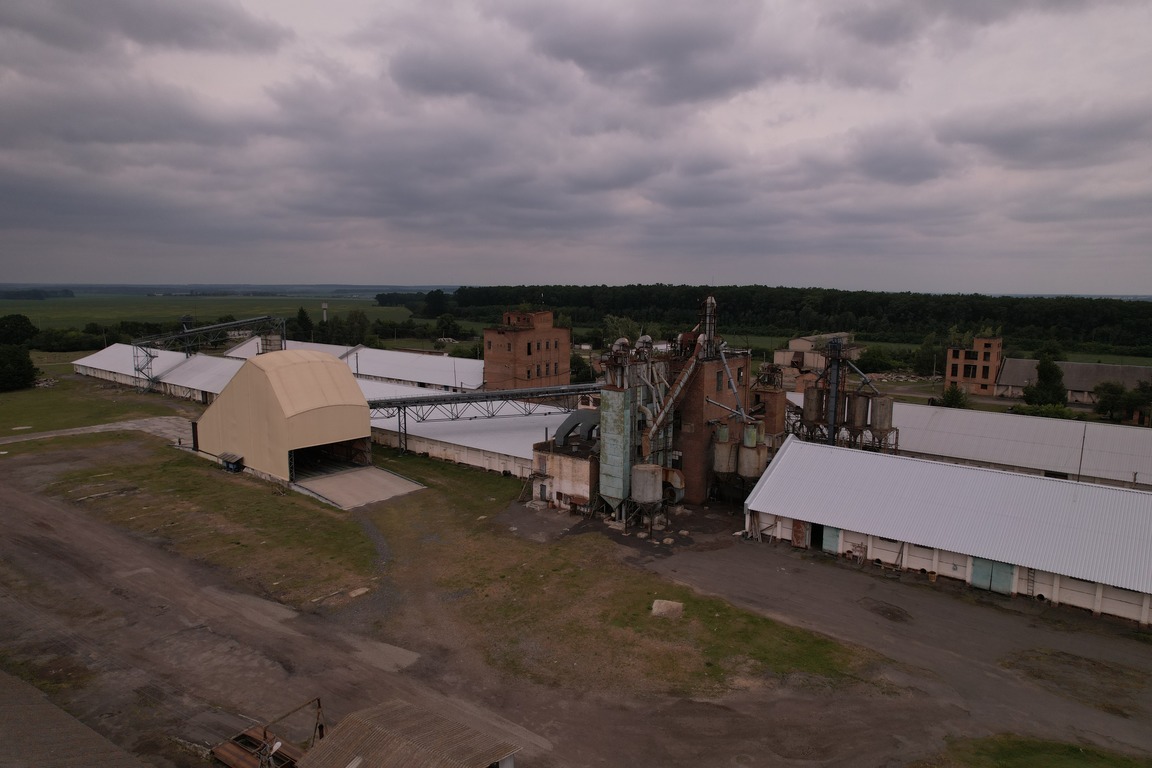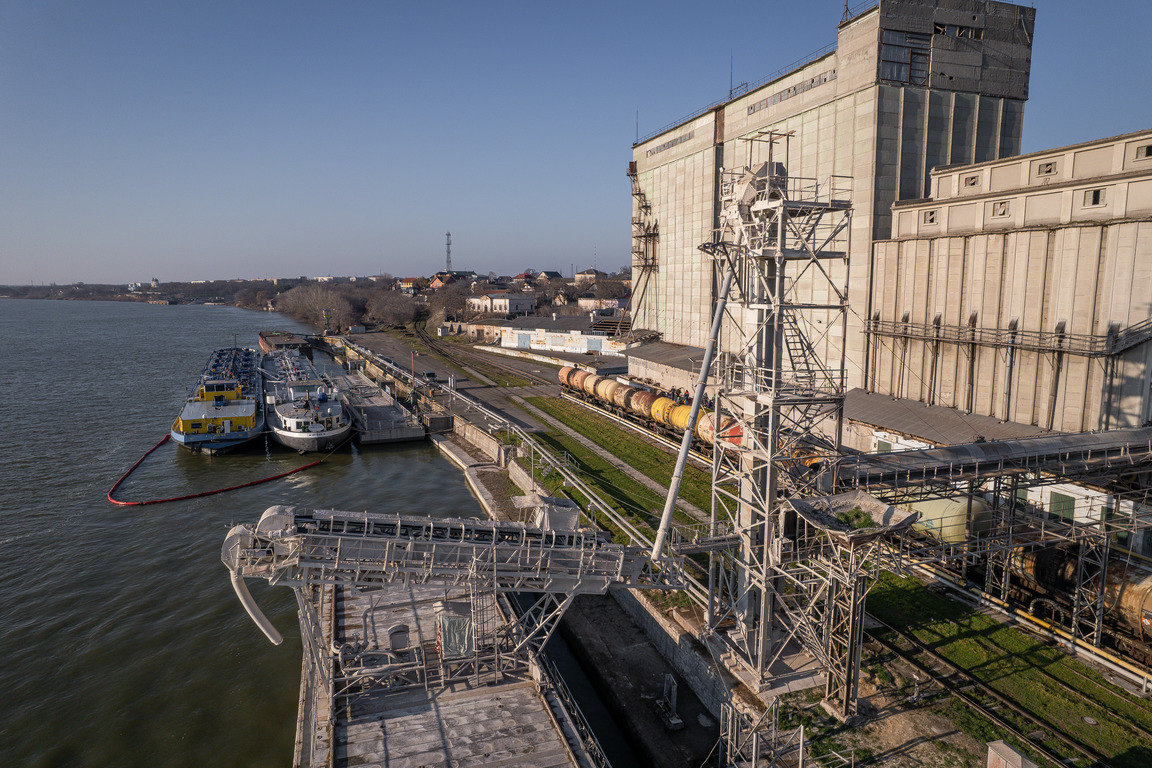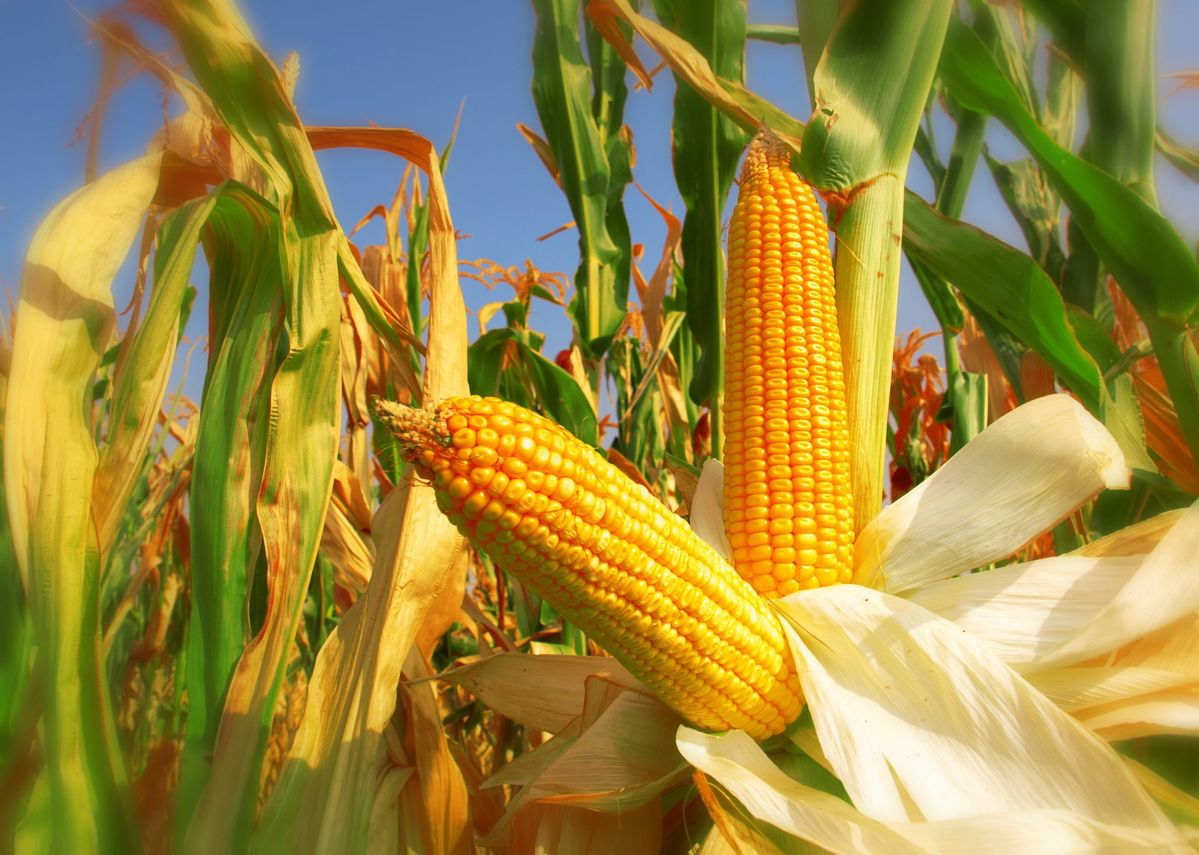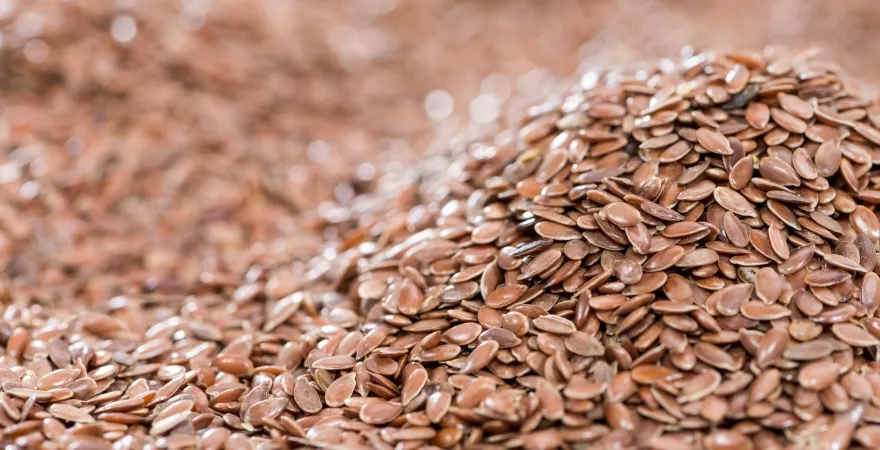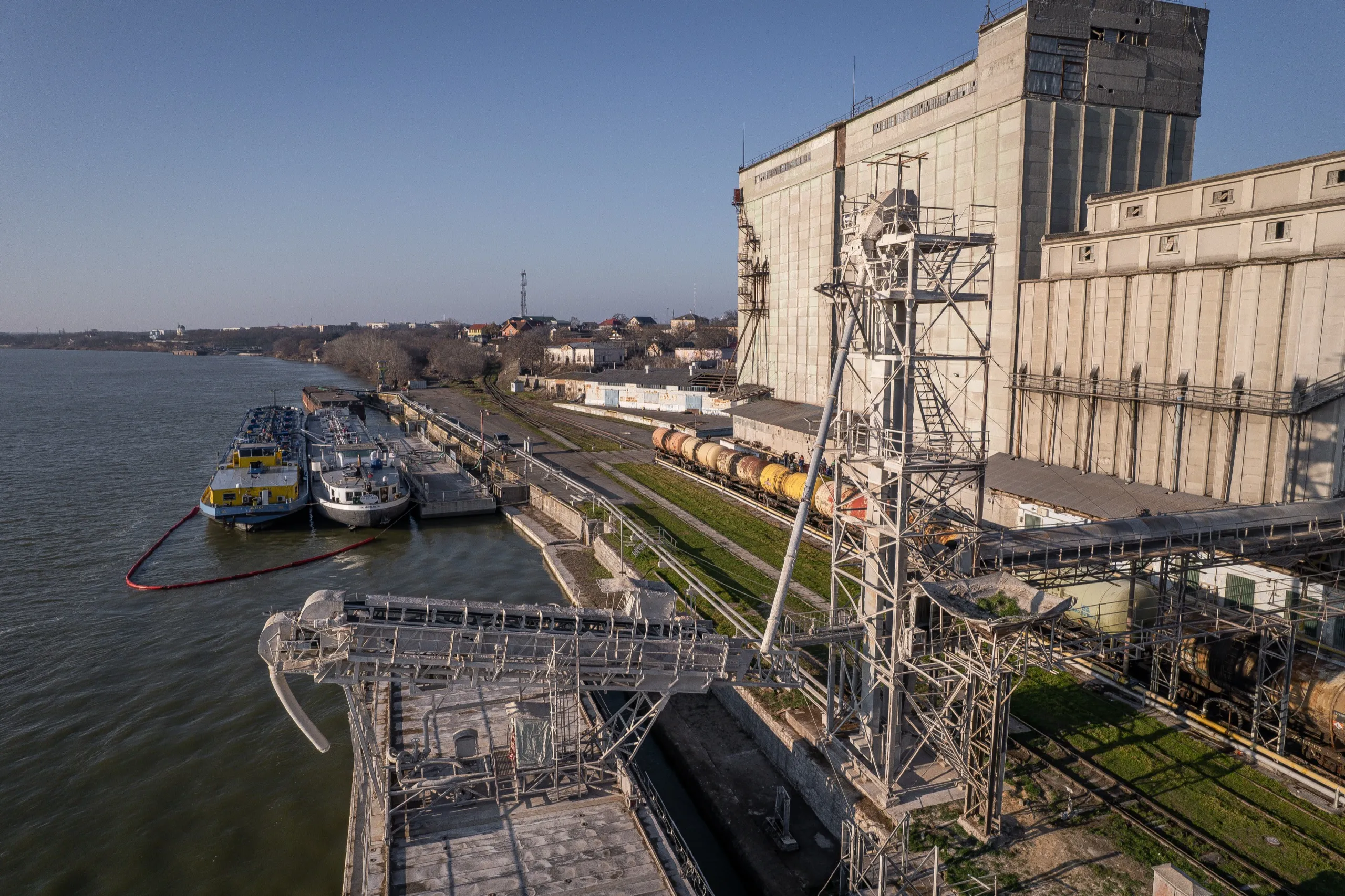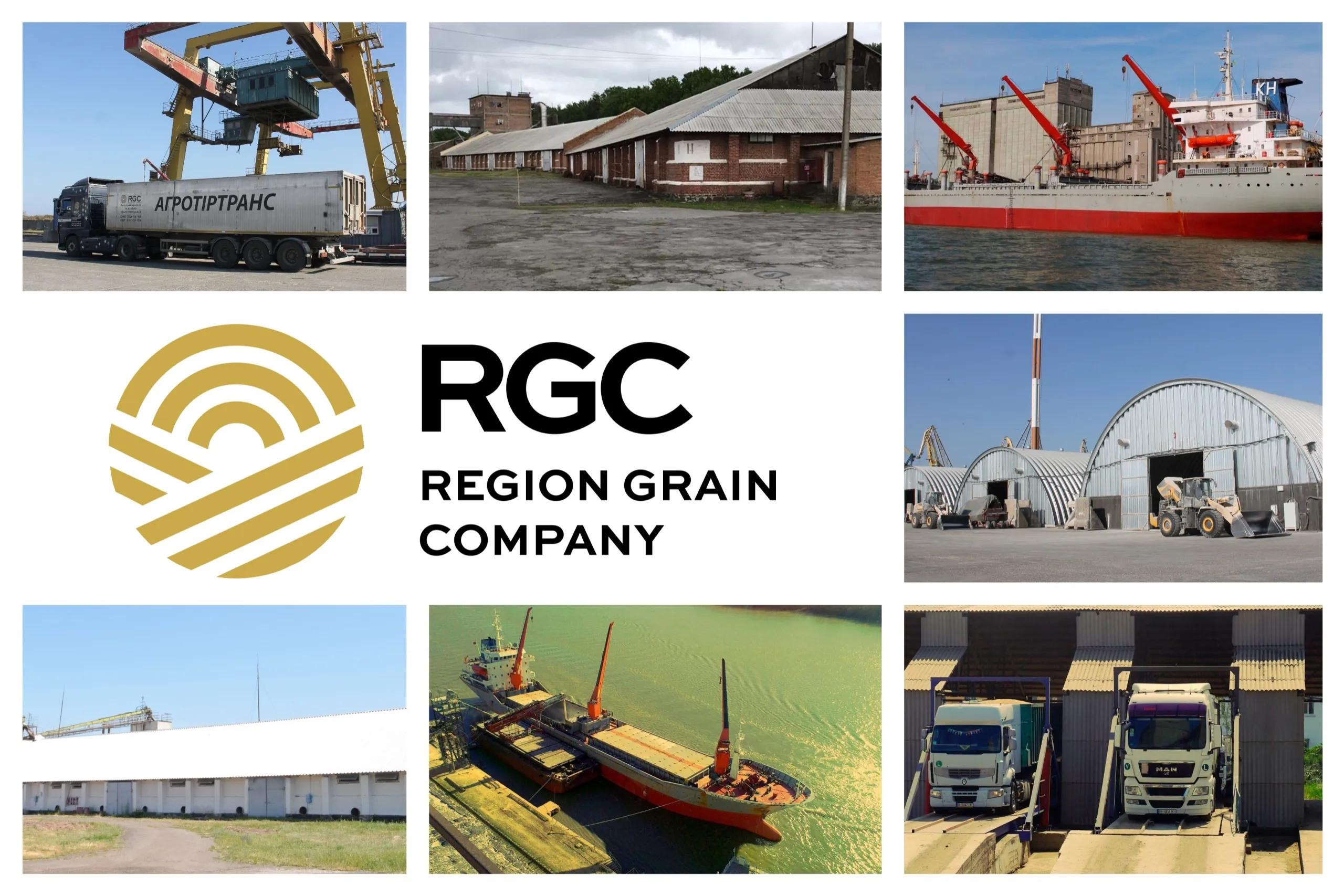Region Grain Company (RGC) manages nearly 10,000 hectares of land in the Odesa region, four elevators with a total storage capacity of 200,000 tons, and is also a notable player in the trading market — last season, the holding traded 1.5 million tons. Alexander Khachatryan, director of the Raliivka company, spoke about the agricultural direction of the agricultural holding.
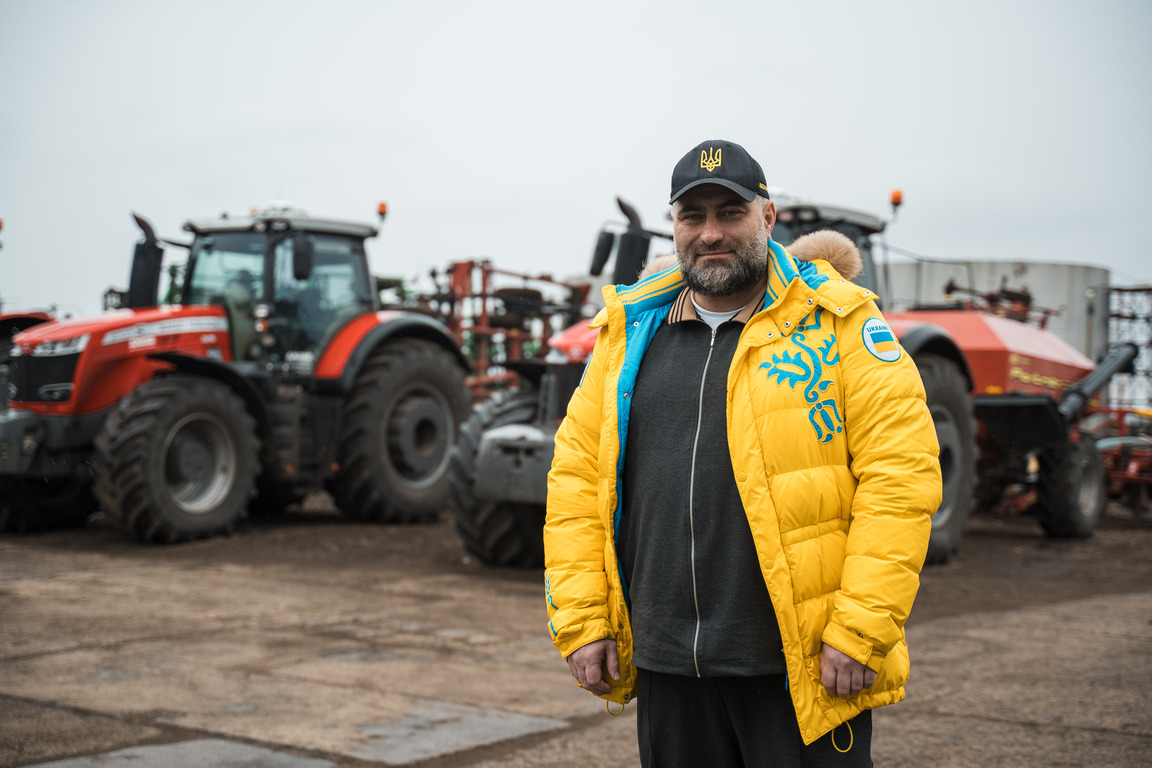
The enterprise has existed for over 20 years, but has been part of the holding since 2019. Over the past five years, the company’s operations have been built from scratch. Currently, Raliivka cultivates about 9,500 hectares. Most of these lands were previously managed by Agroinvestgroup. After its bankruptcy in 2019, RGC signed new lease agreements with shareholders, voluntarily repaying Agroinvestgroup’s debts to them, which allowed the company to consolidate most of the bankrupt agricultural holding’s land bank.
The fields are located in the Odessa region, and some are in the Mykolaiv region (1,300 hectares).
The distance between the extreme points is 120 km.
SuperAgronom.com: What did you get in 2019? Did you have to start from scratch?
Oleksandr Khachatryan: We got our hands on the Soviet Union. I had never been involved in agriculture before. I am a lawyer. I learned and grew along with this work. Now something has come of nothing. There was no equipment there. There were some Soviet tractors that we bought at auctions. But then we realized that it was impossible to work with them. So we switched completely to wide-cut equipment, to powerful Massey Ferguson 370 tractors. Now we have bought new Kinze seeders. That’s what we work with. Two sprayers were self-propelled.
SuperAgronom.com: Do you only use your own equipment or do you hire some?
Alexander Khachatryan: No, we try not to hire, we try to provide services to others. Last year, I cooperated with Yuri Drobiazko. He is my teacher.
SuperAgronom.com: Are you a member of their Cooperative United Farmers?
Alexander Khachatryan: Of course. It turns out that everything can be bought cheaply.
SuperAgronom.com: Alexander, how was it for you to become an agricultural lawyer? How difficult was it?
Alexander Khachatryan: I studied for years. There were about 400 people working here. I wondered what they were all doing. I saw major shortcomings because I didn’t work in this system.
SuperAgronom.com: For example?
Alexander Khachatryan: The fact that they plowed constantly. Then they mindlessly threw in fertilizers: 300 kg of NPK, 200 kg of urea, 100 kg of nitrate, and more ammonium sulfate. There are people who left because they didn’t want to retrain. For us, the limiting factor is moisture. Last year, I had planned a certain amount of nitrogen. There were 250 kg of nitrate planned. We reduced it and applied 100-150 kg because there was no moisture. We try to buy everything in advance (we bought nitrogen a couple of months ago for next year). I look at the prices, see when the price is lowest, and then buy. We don’t store it in one place. We communicate with people who buy large quantities and cooperate with them. I am currently building warehouses for storing 2,000 tons of CAS.
SuperAgronom.com: Have you considered producing CAS yourself?
Alexander Khachatryan: I have considered it, but I am not ready for it yet. We produce liquid fertilizers for sunflower sowing ourselves.
SuperAgronom.com: There is an opinion that those who have switched to liquid fertilizers will not return to granules.
Oleksandr Khachaturyan: I don’t know. We haven’t completely switched over; we only use it on sunflowers. We use it as a starter phosphorus fertilizer, and then we still add nitrogen.
SuperAgronom.com: What is the structure of your crops?
Oleksandr Khachaturyan: Winter crops and spring crops, 50/50. We grow corn, sunflowers, wheat, and rapeseed here. Rapeseed either dries up or doesn’t sprout. That’s why I gave up on rapeseed altogether last year. We decided that if there is precipitation before August 15, we will sow, and if not, we won’t. I just don’t want to take any risks. Last year, we sowed 1,000 hectares, of which only 300 hectares remained. Everything else died. Well, now I see that people have good rapeseed. It rained and it sprouted. No one in that area sowed corn, but we do. In previous years, we got 8 tons/hectare, 6 tons/hectare, and 5 tons/hectare. We sowed flax on the areas where the rapeseed died. No one here sowed flax before us either. We got a decent yield, more than 2 tons/hectare. Sunflowers and corn suffered, I don’t even want to say how much we got. We grew a little bit of Serbian-bred durum wheat and sold it at a high price.
SuperAgronom.com: There is an opinion that growing durum wheat is 50% more expensive than growing soft wheat. And the premium you get is only 20% higher.
Alexander Khachatryan: They invest more in fertilizers. We analyze the soil. For example, if sulfur is not needed there, we do not add it.
SuperAgronom.com: Is the seed more expensive?
Oleksandr Khachatryan: Yes, it is more expensive: €480/t + €120 delivery + VAT, customs clearance. The premium for bringing a commercial batch of goods to Europe by car does not count — it is expensive to transport. We delivered to the Amino plant in Mykolaiv. They are satisfied, the vitreousness of the wheat was 97%.
SuperAgronom.com: How were the areas under crops distributed on 9.5 thousand hectares of land?
Alexander Khachatryan: 4 thousand hectares of wheat, 2 thousand hectares of corn, 2 thousand hectares of sunflower. We want to give up sunflowers for a while. There will definitely be less of it. The land needs to rest. We can add all the micronutrients we need, but it takes moisture from a certain horizon, and there is none there. Therefore, this horizon needs to rest a little. Historically, everyone here sows wheat and sunflowers. We will sow a lot of flax next year. The economics are not bad if it yields well. In previous years, the price was $300/t, and now it is $500/t and above. To break even and above, the flax yield must be 1.3-1.5 t/ha. The plot where flax was sown at a density of 5.5 million/ha showed the best results. We gave up peas. There will be areas for sorghum.
SuperAgronom.com: If you had land in other regions, would the crop structure be different?
Alexander Khachatryan: Yes, there would be corn and soybeans. Thanks to Yuri Drobiazko, we are learning how to grow corn. But this year, both soybeans and corn were practically destroyed. We did not get good yields at all.
SuperAgronom.com: Do you sow corn in more northern areas?
Alexander Khachatryan: No, here we are in the Berezivsky district, Lyubashivka, Troitske. The land here is not very good. The soil is sandy loam, there is no water (rivers) and no conditions for irrigation.
SuperAgronom.com: Are you switching to moisture-conserving technologies, or are you already working with them?
Alexander Khachatryan: Before we started farming, all the land was plowed. We have completely abandoned plowing. I think we gave away the last plows, sold some, and turned some into scrap metal. Now we only use a deep loosener.
SuperAgronom.com: Are you planning to switch to no-till farming yet?
Alexander Khachatryan: We are not ready for no-till farming yet. It is a separate philosophy. The technology is different, no one should drive into the field, you need bunkers, reloaders, and tracked combines. Well, there’s a lot to do there.
SuperAgronom.com: What about moisture this year?
Alexander Khachatryan: There wasn’t any. We didn’t have rain for three months. This was during the growing season for corn and sunflowers. There was no rain at all. Unfortunately, we didn’t get anything.
SuperAgronom.com: Did you make significant changes to the agronomic team when you arrived?
Oleksandr Khachatryan: Well, I had nine directors, one at each enterprise. 500 hectares and he’s already a director. Now there are none. I want to get rid of agronomists altogether. Well, there were nine agronomists, now we have one.
SuperAgronom.com: Wait, in holdings there is usually one agronomist per 3,000 hectares of land. And you had almost 10 and now you have one agronomist?
Alexander Khachatryan: Yes, that’s enough. We use Wialon, the telematics there are better. There is a good dispatch service. No one, not even from the brigade, will leave without permission. There are people from the old school, and there are young guys who are learning. We send them to training and courses. For example, he is not an agronomist, but he reads the analysis and says what is needed and what is not. A person has to go to the field and see if there are pests or not. Send a photo of the trap. There is a senior field worker.
SuperAgronom.com: Did you do an agrochemical analysis first?
Alexander Khachatryan: Yes, but I won’t do all the fields. It’s very painstaking work. If I say to do all the fields, they will dig up the soil near the field. There is one person who walks across the field and does everything by the book.
SuperAgronom.com: How have costs increased this season?
Alexander Khachatryan: Everything has increased: diesel, people’s salaries. We have decent salaries. But I want people to earn even more. As for plant protection products, they have even become a little cheaper. We use single-component preparations and combine them. These are generic preparations, especially when it comes to herbicides.
SuperAgronom.com: Do you have demo fields?
Alexander Khachatryan: I don’t like these demo fields. The agricultural background can vary even within the same field. You need to do it, for example, in six repetitions. It is possible to have different conditions. If you apply 100 kg of fertilizer to one field, then there should not be six plots of 100 kg each. There should be 150 kg of fertilizer and so on. Six such plots. And with variations in density as well. We sow sunflowers and corn at a very low density — 40 thousand/ha. In the northern regions, corn is 65-70 thousand, but there is moisture there.
SuperAgronom.com: Have you considered trying cotton?
Oleksandr Khachatryan: It won’t grow. We had 20 acres of cotton there, just for fun. It needs moisture. We plowed it and that was it. It was just an experiment. Plus, it needs to be harvested properly and you need opportunities to sell it.
SuperAgronom.com: Working in the Odessa region, one could say that it is a risky area for farming, but there are aspects such as requiring less fertilizer, lower plant density, etc.
Alexander Khachatryan: We balance our crop cultivation. The Odessa region does not forgive any mistakes. You must do everything correctly, or it will not turn out well.
Konstantin Tkachenko, Yana Krasnovskaya, SuperAgronom.com

